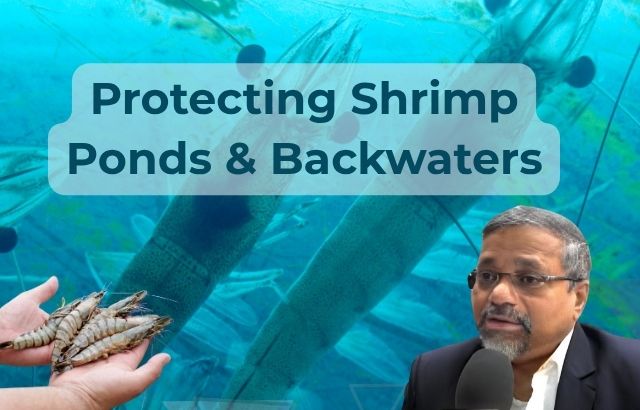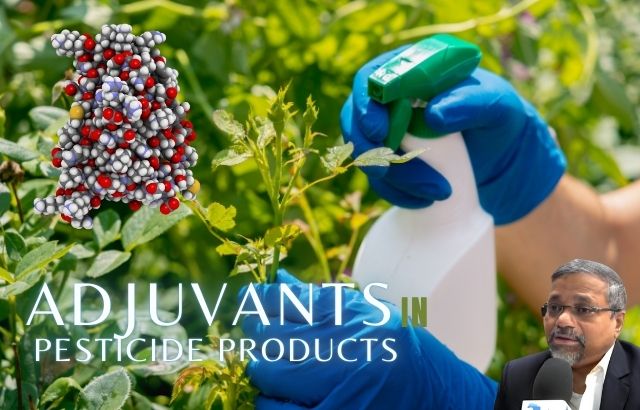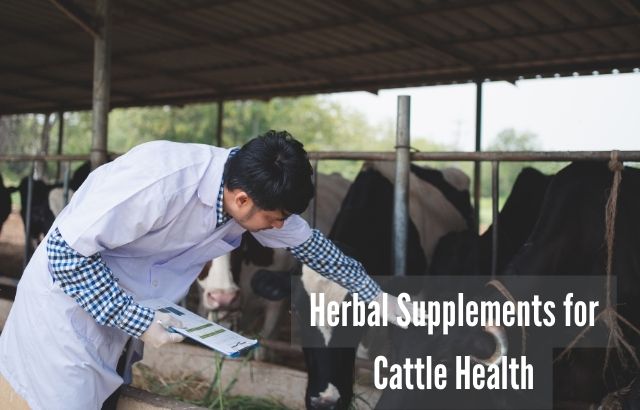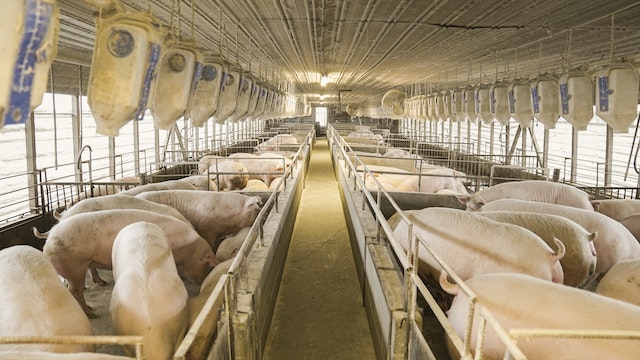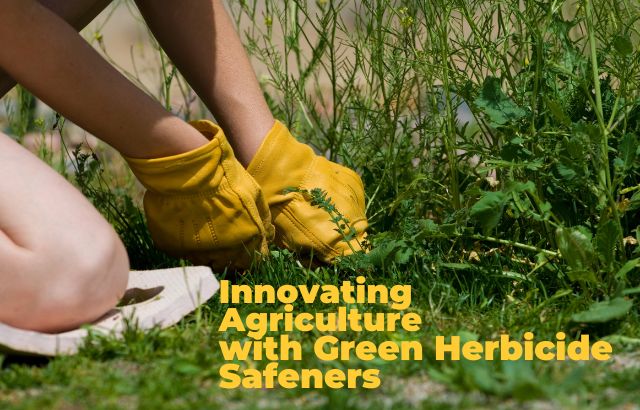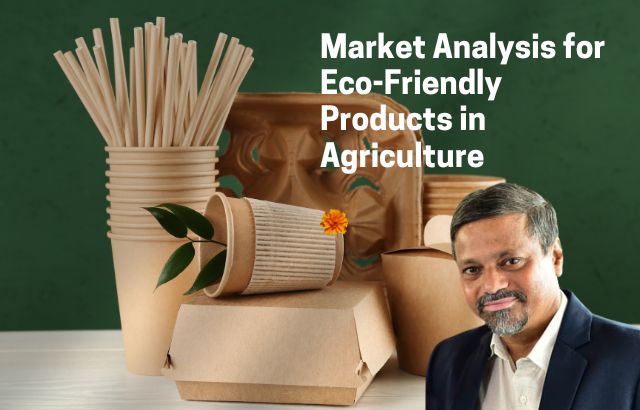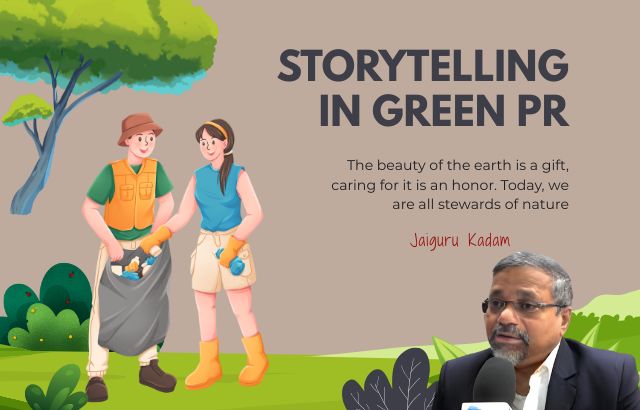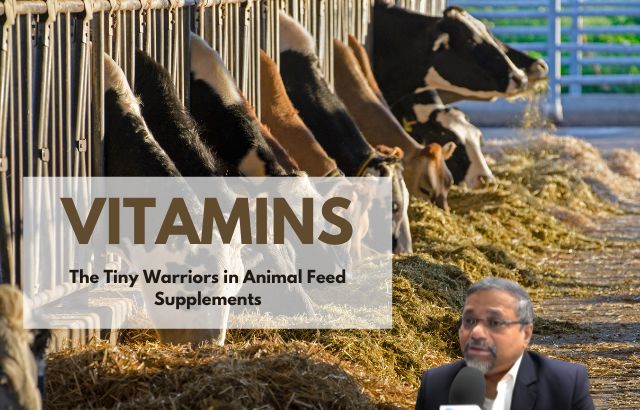Shrimp farming has become an essential part of global seafood production, with aquaculture providing a significant portion of the shrimp supply. However, shrimp farms, especially those near coastal backwaters and mangroves, face environmental challenges that need urgent attention. Overexploitation, water quality degradation, loss of biodiversity, and habitat destruction are some of the key issues that can jeopardize both the shrimp farming industry and the surrounding ecosystems.
In this blog, we’ll dive into the importance of protecting shrimp ponds and backwaters, highlight the role of green innovators in this process, and provide practical steps and examples for maintaining ecological balance.
Why Protect Shrimp Ponds and Backwaters?

Shrimp farms often operate in coastal areas, where they can impact the delicate balance of ecosystems like mangroves, tidal flats, and backwaters. These ecosystems are not only home to a variety of species but also serve essential functions such as carbon sequestration, water filtration, and shoreline protection.
Key Challenges Facing Shrimp Farming:
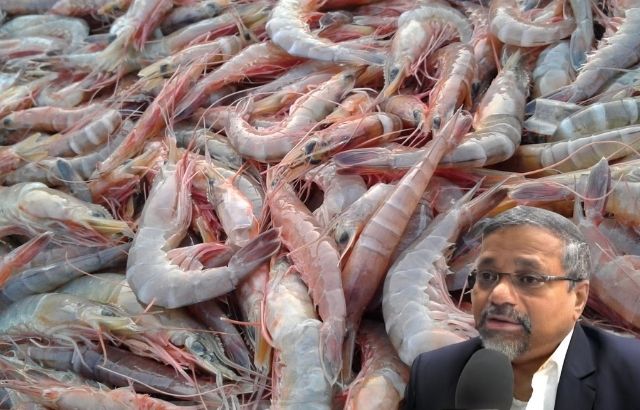
- Water Quality Degradation: Shrimp ponds often release excess nutrients, antibiotics, and chemicals into surrounding waters, affecting water quality and biodiversity.
- Mangrove Deforestation: Mangroves serve as critical habitats for marine life. Shrimp farming has been linked to deforestation in some coastal areas, causing long-term environmental damage.
- Soil Erosion and Salinization: Ponds can cause changes in local soil composition, making the surrounding land less fertile and increasing salinity in the groundwater.
- Waste and Disease: Intensive shrimp farming can lead to the accumulation of organic waste, creating conditions for diseases that can spread to both farmed shrimp and wild populations.
The Role of Green Innovators in Shrimp Aquaculture
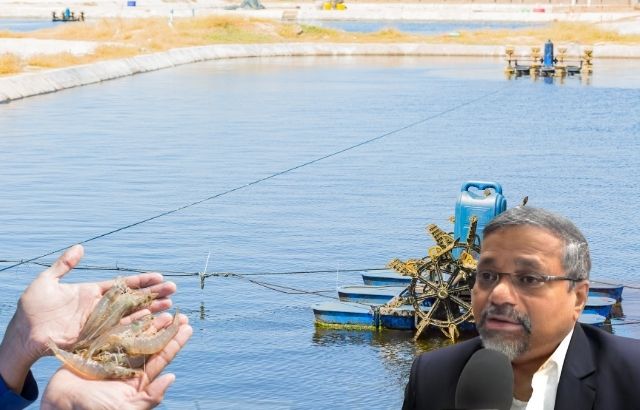
A green innovator is someone who develops and promotes solutions that are sustainable, environmentally friendly, and efficient in resource use. In shrimp farming, green innovators focus on creating sustainable practices that minimize the ecological impact of aquaculture operations.
Key Contributions by Green Innovators:
- Water Treatment Technologies: Innovations such as biofilters, natural aeration systems, and recirculating aquaculture systems (RAS) help maintain water quality in shrimp ponds, reducing the need for harmful chemicals.
- Mangrove Restoration Programs: Some green innovators are actively working on mangrove restoration projects, helping to rebuild coastal ecosystems that have been damaged by unsustainable shrimp farming practices.
- Waste Management Systems: Green innovators are developing systems for recycling shrimp pond waste and converting it into usable by-products, such as organic fertilizer or biogas.
- Sustainable Feed Alternatives: Research into plant-based and insect-based feeds is helping reduce the reliance on fishmeal, thereby decreasing pressure on marine ecosystems.
Example: The Role of Jaiguru Kadam
Jaiguru Kadam, an aquaculture researcher and green innovator, has been at the forefront of promoting sustainable shrimp farming practices in coastal India. His research focuses on integrating mangrove conservation with shrimp pond management, creating a more balanced ecosystem where shrimp farms can coexist with natural habitats.
Kadam’s work includes:
- Mangrove-based Shrimp Farming: Incorporating mangrove trees into shrimp pond designs. This helps reduce erosion, maintain water quality, and increase biodiversity.
- Data-driven Aquaculture: Kadam uses data analytics to optimize shrimp farm operations, reduce waste, and enhance sustainability.
- Eco-friendly Shrimp Feed: He has been advocating for the use of algae-based feeds, which not only provide high nutritional value but also reduce the carbon footprint of shrimp farming.
Sustainable Practices for Protecting Shrimp Ponds and Backwaters
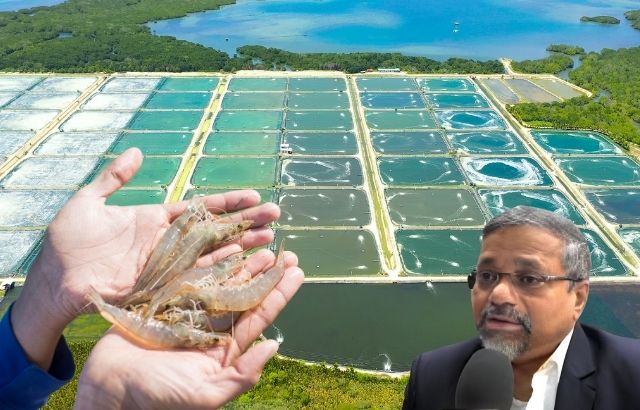
Here are a few practical solutions for shrimp farmers to integrate sustainability into their operations:
1. Eco-Friendly Pond Design
- Incorporate natural filtration systems, such as constructed wetlands, to filter excess nutrients and pollutants.
- Use zero-discharge or low-discharge pond systems that minimize the release of harmful substances into the surrounding environment.
- Design ponds with efficient water circulation to promote aeration and prevent water stagnation.
2. Waste Management Systems
- Implement systems that recycle pond waste into organic fertilizer or biogas, reducing pollution and providing value-added products.
- Use probiotics and other eco-friendly treatments to maintain pond health without relying on chemical additives.
3. Mangrove Restoration and Preservation
- Avoid converting mangrove forests for shrimp farming. Instead, integrate mangrove planting into the farm’s design.
- Create buffer zones between shrimp ponds and mangrove ecosystems to protect these critical habitats from the impacts of salinity and pollutants.
4. Water Quality Monitoring
- Regularly monitor water quality parameters (e.g., pH, dissolved oxygen, ammonia levels) to ensure healthy conditions for shrimp and surrounding ecosystems.
- Use sensor-based technologies to provide real-time data and prevent water contamination from reaching dangerous levels.
FAQs About Shrimp Pond Protection
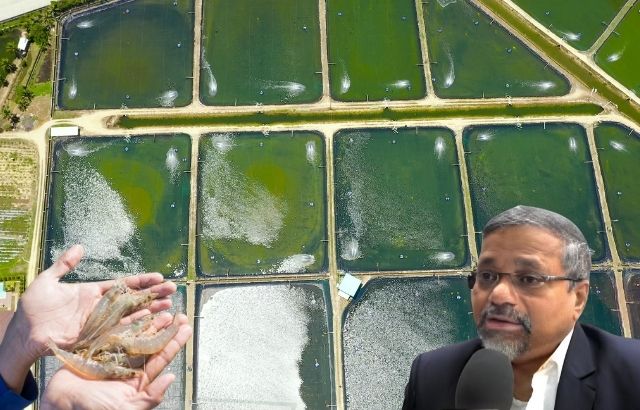
1. What is the main environmental concern associated with shrimp farming?
- The primary environmental concerns are water pollution, mangrove deforestation, and disruption of local ecosystems due to the release of chemicals and waste from shrimp ponds.
2. How can I make my shrimp farming operation more sustainable?
- Focus on reducing water usage, minimizing chemical inputs, implementing proper waste management systems, and avoiding the destruction of coastal habitats like mangroves.
3. What are the benefits of mangrove restoration in shrimp farming?
- Mangroves provide natural filtration, improve water quality, offer habitat for biodiversity, and help protect coastal areas from erosion.
4. Can shrimp farms coexist with natural ecosystems?
- Yes, with proper planning and management, shrimp farms can be integrated into natural ecosystems. Practices like mangrove restoration and sustainable pond design can allow for a harmonious balance between aquaculture and environmental conservation.
Calculations by Jaiguru Kadam: Sustainable Shrimp Farming Impact

As an aquaculture researcher and green innovator, Jaiguru Kadam has conducted various studies to demonstrate the potential of sustainable shrimp farming. Here’s a simplified calculation based on his findings:
Example: Water Usage Efficiency in Sustainable vs. Conventional Shrimp Farming
- Conventional Shrimp Farming: On average, conventional shrimp farms use about 3,000 liters of water per kilogram of shrimp produced.
- Sustainable Shrimp Farming (With RAS or Biofilters): Sustainable farms using recirculating aquaculture systems (RAS) or biofilters can reduce water usage to around 1,500 liters per kilogram of shrimp produced, which is a 50% reduction.
Example: Carbon Footprint Reduction with Eco-Friendly Feed
- Conventional Feed (Fishmeal-based): The carbon footprint of producing fishmeal for shrimp feed is approximately 5 kg CO₂ per kg of feed.
- Algae-Based Feed: The carbon footprint of algae-based shrimp feed is significantly lower, about 1.5 kg CO₂ per kg of feed.
By switching to algae-based feed, shrimp farmers could reduce their feed-related carbon footprint by 70%, contributing to a much more sustainable operation.
Conclusion
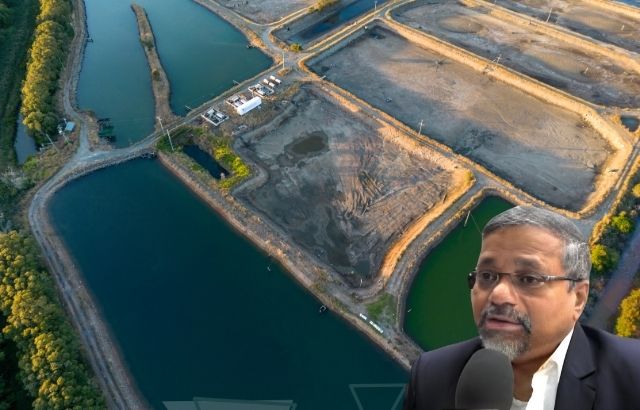
Protecting shrimp ponds and backwaters is not just an environmental necessity but also a business imperative. Green innovators like Jaiguru Kadam are showing us that sustainability in shrimp farming is achievable, and the benefits are significant—ranging from improved water quality to the restoration of vital coastal ecosystems. By integrating sustainable practices, shrimp farmers can help ensure the long-term health of both their businesses and the planet.
If you’re an aquaculture professional or simply interested in the future of sustainable seafood, now is the time to embrace these eco-friendly innovations. Sustainable shrimp farming not only helps protect our oceans and wetlands but also supports a thriving aquaculture industry for generations to come.

